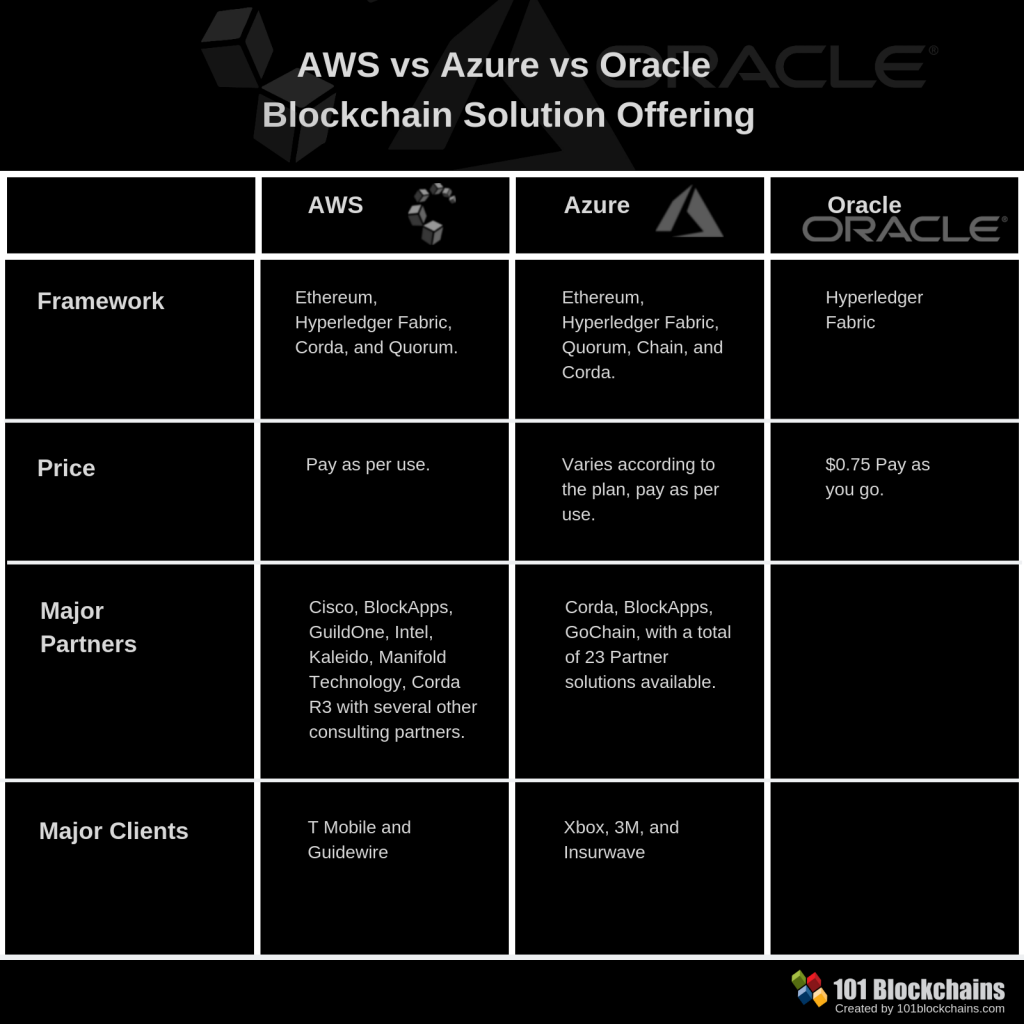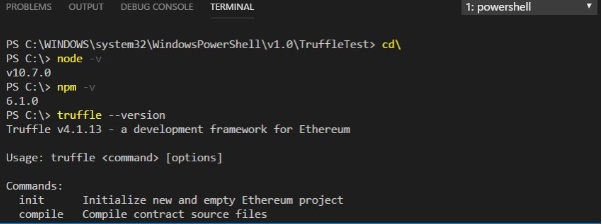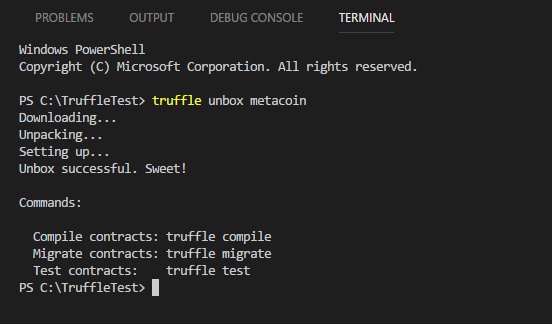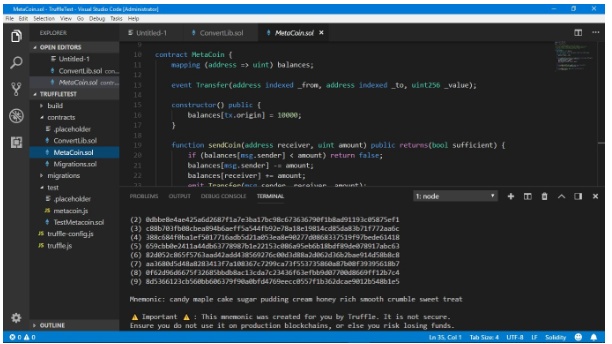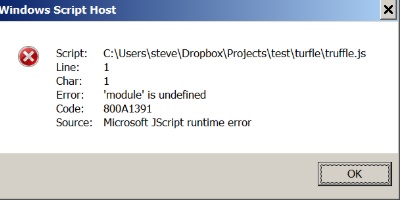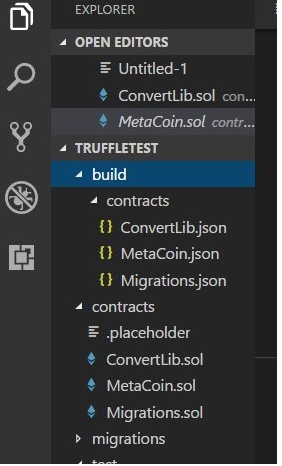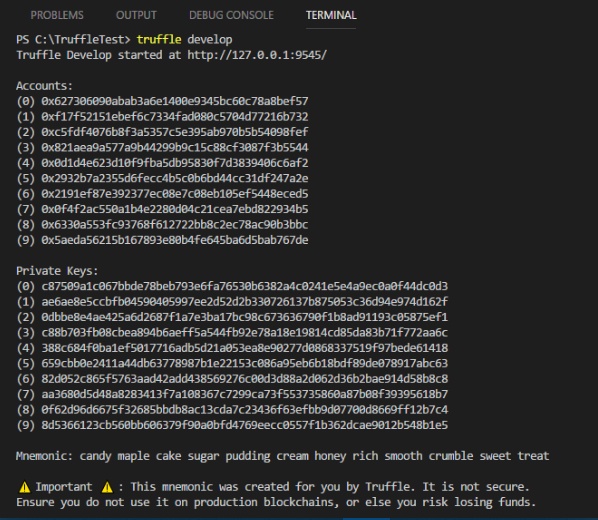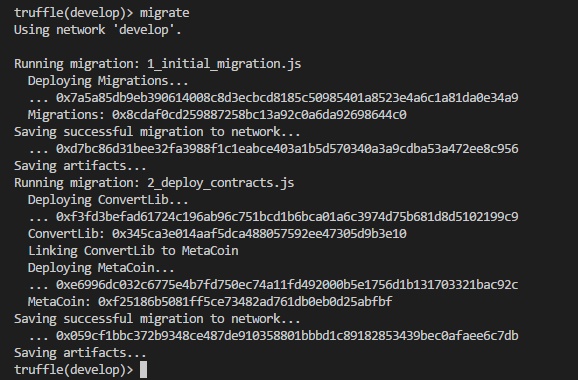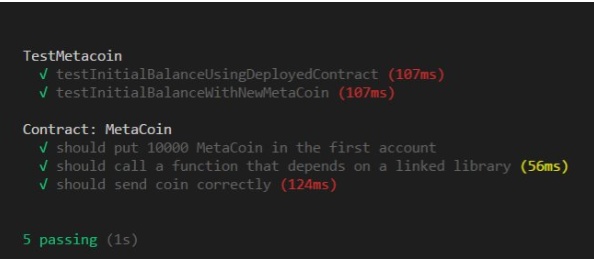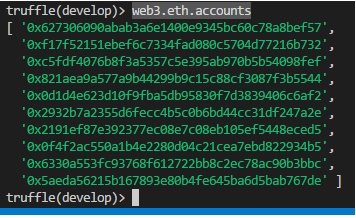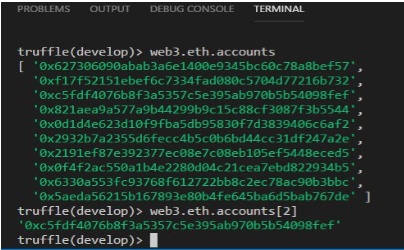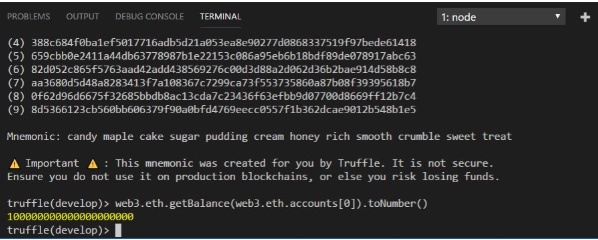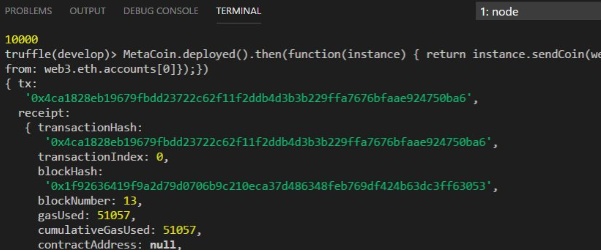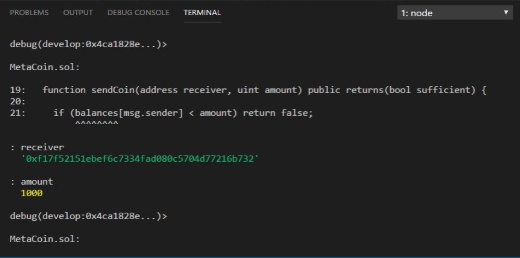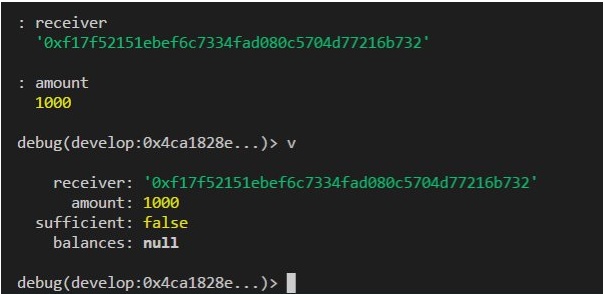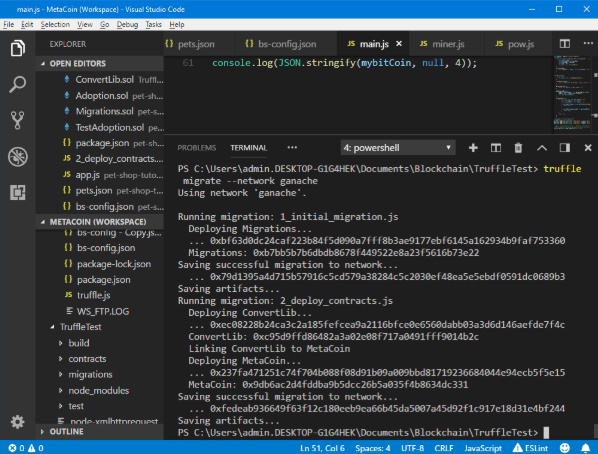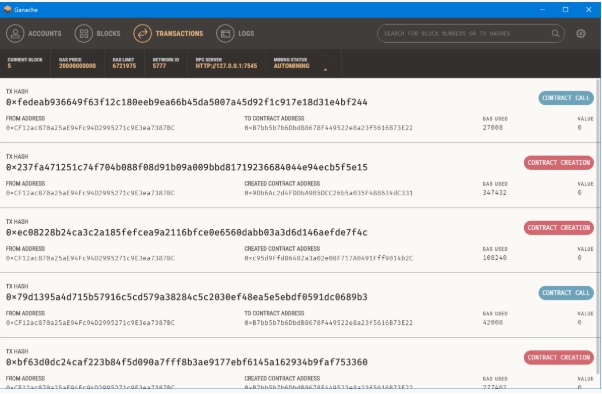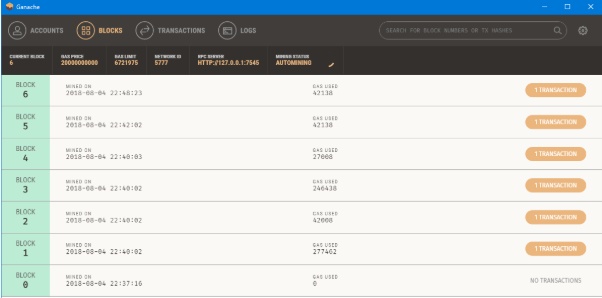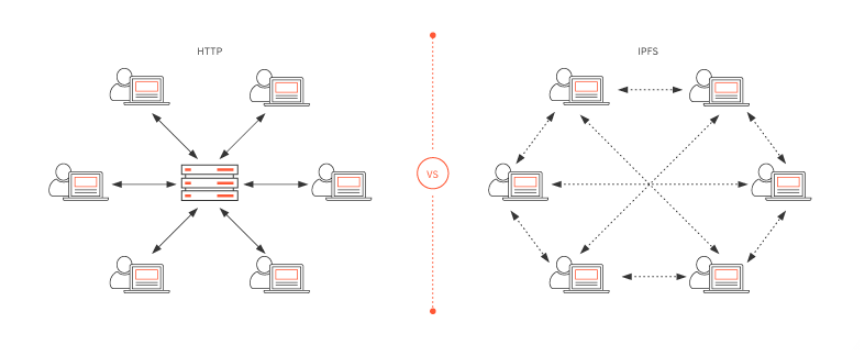After the craze of ICOs subsided, two new crypto crowdfunding methods emerged, namely the Security Token Offering (STO) and the Initial Exchange Offering (IEO). Among the two, IEO is more popular as STO poses a higher barrier of entry, is more expensive, and is subjected to more stringent regulations by the securities commission.
In a recent article, Reuters reported that IEOs have raised $1.5 billion so far in 2019, compared with just $836 million raised from ICOs. A dozen of amazingly successful cases of IEOs have driven more project owners to embark on their own IEO journeys. Famous IEO cases include the sale of the BitT Torrent (BTT) token on the Binance Launchpad, raising $7 million in just the first 14 minutes of the sale opening. Veriblock did even better, raising $7 million in April through an IEO on the Bittrex exchange in just 10 seconds. A truly amazing feat! It is safe to say that IEO has taken over ICO as the preferred choice of fundraising in the cryptocurrency industry.
What is IEO?
According to Binance, an Initial Exchange Offering (IEO) is a fundraising campaign that is administered by a Crypto Exchange Platform. An IEO allows investors to purchase a new cryptocurrency (or token) while raising funds for its crypto project.
Though ICOs and IEOs both raise funds through token sales, the way they sell tokens is different. For ICOs, the project team themselves conduct the fundraising campaign. Meanwhile, IEO fundraising is conducted on a crypto Exchange platform, where the users of the Exchange can buy tokens with funds directly from their own exchange wallet.
Advantages and disadvantages of IEO
Advantages
INCREASED INVESTOR CONFIDENCE
Investors are more confident in investing in IEO tokens as the project has to undergo stringent KYC/AML checks by the Exchange platform that handles the IEO projects. The Exchange platform will also evaluate the business model of the project and also audit its technical infrastructure, including its blockchain system and smart contracts. Therefore, many scam projects will be filtered and eliminated. The Exchange platform acts as a trusted third party that can reduce considerable risk in crypto investment.
WIN-WIN FOR THE PROJECT OWNER AND THE EXCHANGE
For the project owner, it is a cheaper and easier way to raise the necessary funds for the project, while not embarking on long marketing campaigns and roadshows. The token is also listed on the Exchange immediately after the IEO campaign.
For the Exchange, conducting an IEO means more revenue for them. An Exchange that hosts an IEO will typically charge a fee for the campaign and get a cut from the token sales. They also get fees when the token starts trading on their exchange.
Disadvantages of IEO
AMBIGUOUS REGULATIONS AND RESTRICTIONS
Many countries still ban or restrict fundraising activity in the cryptocurrency industry while some countries impose stringent regulations on crypto activities. Therefore, it is still uncertain whether IEO will be fully accepted and recognised as the legal way of fundraising in the crypto industry.
ALL INVESTORS SUBJECTED TO STRINGENT AML/KYC
While a stringent KYC/AML check for the project can increase investor confidence, some individuals may be reluctant to expose their identities, so going through a stringent AML/KYC procedure may deter these people from investing in the IEO project.
LIMITED NUMBER OF TOKENS
There have been many complaints from investors that not everyone manages to purchase tokens during IEOs as the number of tokens available for sale is usually limited.
BOTTING CONCERNS
Using bots for trading and investing is ubiquitous nowadays. In the crypto space, there are concerns about bots that can be programmed to participate in IEOs and beat out human investors. In such a scenario, all parties lose out.
How to Conduct an IEO?
Although an IEO is a promising method for fundraising, especially for startups that don’t have the resources and expertise to do an IPO, it is by no means an easy feat. The project owner needs to plan and make the necessary preparations before embarking on the IEO initiative. The following are suggested steps that a project has to follow before going IEO.
DESIGN THE BUSINESS MODEL
Before embarking on an IEO campaign, the founding members of the project must have a clear vision of what their business wants to achieve. They also have to design a business model and draw up plans to attain the vision.
ASSEMBLE A FORMIDABLE TEAM
In this internet era where information is readily available, potential investors and Exchanges will know instantly the background of the project team members. If the project team comprises mostly inexperienced people, it will seriously affect the confidence of the investors and the Exchanges. Therefore, the project owner needs to assemble a formidable team that comprises experts in business, legal, technology, marketing, and other related disciplines. As most IEO projects are blockchain-based, it is a must to hire blockchain experts.
PREPARING THE WHITEPAPER AND OTHER DOCUMENTS
The whitepaper is a document that comprises a thorough description of the project, distribution of tokens, business model, tokenomics and more. It also includes information about the project team which usually comprises the board members, the marketing team, the technical team, the legal team, and the advisers.
Writing the whitepaper is a very important step in the IEO campaign. It is an important document that showcases the project. Whether the investors will be impressed and looking forward to investing in the project depends on how well the paper is written.
Besides the whitepaper, the project team should also prepare a one-pager, website, pitch decks, social media pages and more. These are the components that contain the primary source of knowledge about the project for potential investors and Exchanges to evaluate the IEO project.
DEVELOP THE TOKEN
The token is an integral part of the IEO project. Without a native token, what can you sell to the investors? Therefore, it is crucial to design the token from day 1, and start developing it as soon as possible.
Most tokens for IEO projects are ERC20 tokens. The ERC20 standard is chosen because it can be easily designed and deployed to the Ethereum main net. However, if you want a customized token and your team has the expertise and programming skill, you can develop a different protocol from the Ethereum main net, or even develop your own blockchain system.
To mint the ERC20 token, the blockchain developers need to write a robust smart contract and have it tested and also audited by a trusted third party contract auditor to ensure the contract is secure and free of bugs. The audited token can then be deployed to the Ethereum main net or a private network.
MARKETING
The project team needs to carry out an aggressive marketing campaign for its IEO initiative in order to broadcast the news to as many investors as possible. The marketing campaign can be conducted through websites, blogs, as well as social media platforms such as Facebook, Twitter, WhatsApp, WeChat and more. They can also organise events and conferences to promote their token but they need to check whether these activities can be conducted in certain countries. For example, you cannot do so in Malaysia and China.
ENGAGE A CRYPTO EXCHANGE
The project team also needs to sign an agreement with a crypto Exchange to start their IEO campaign. They need to conduct due diligence in searching for a trusted Exchange before deciding to engage one. A good guide is to look for Exchanges that rank within the top 50 on Coinmarketcap. Besides, they need to analyze reviews of the Exchanges on various crypto platforms. IEO fees may also be another concern, as a top rank Exchange may charge an extremely high fee. Therefore, there is always a trade-off between the fee and the reputation of the Exchange.
Final Note
IEO has replaced ICO as the new trend in fundraising in the crypto industry. Investors who are still thinking of the good old days of ICO should start changing their mindset and focus on investing in IEO projects instead. On the other hand, startups or enterprises who wish to raise funds in the crypto industry must realize that ICO is already dead and IEO is the way to go. Lastly, more exchanges should create IEO launchpads to assist projects that wish to raise funds through IEO, as this is an untapped niche with immense potential.
References
- https://hackernoon.com/what-is-ieo-initial-exchange-offering-is-this-the-new-phenomenon-in-crypto-capital-64fdd60a6e7a
- https://cryptonews.com/guides/what-is-an-initial-exchange-offering.htm
- https://blockonomi.com/what-is-an-ieo/
- https://www.binance.vision/glossary/initial-exchange-offering
- https://www.reuters.com/article/us-crypto-currencies-offerings-explainer/explainer-initial-exchange-offerings-flourish-in-crypto-market-idUSKCN1TL2E0
- https://medium.com/traceto-io/what-is-an-initial-exchange-offering-ieo-245a7cf72f28
- https://hackernoon.com/how-to-launch-your-ieo-guide-for-projects-list-of-exchanges-dcebca23bcac
- https://medium.com/coinpoint/how-to-start-an-ieo-in-6-easy-steps-and-achieve-the-desirable-hard-cap-and-brand-targets-4e8f6652914d
